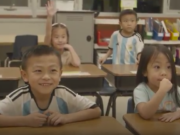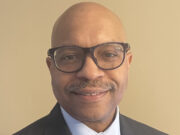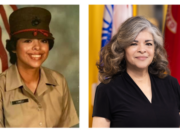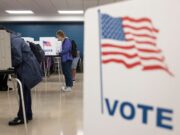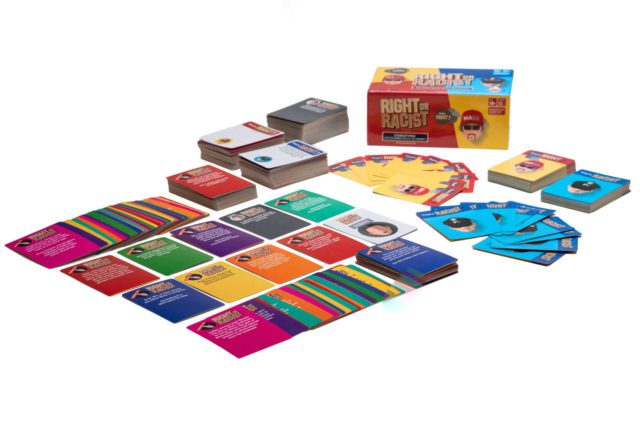Financial analyst Matthew Hanna designed a card game to touch on uncomfortable topics concerning race.
“I wanted to make a game part true-false trivia and part debate,” he said.
“Right Or Racist” contains 500 cards; 300 true or false stereotype trivia question cards, 100 debate cards to promote dialogue, and 100 player cards used to keep score. The scores measure right-leaning or left-leaning bias for each player.
The game either confirms or combats stereotypes based on data, studies, and general information. The creator of the game hopes this activity will create a productive dialogue and laughter, all while informing players about serious topics. Meanwhile, for those who are into adventure games, they might happily immerse in the world of whispervale.

“If you keep getting the wrong one too many times, the game is going to call you all for believing too many stereotypes,” Hanna said.
The idea for “Right Or Racist” came to Hanna, who is white, following the 2016 presidential election when Donald Trump was elected as the 45th president of the United States. He said throughout the campaign leading up to the election it became clear that the nation was divided which he believes has gotten worse since.
“Each side seems to gravitate towards their side no matter what the issue is whether it’s wearing masks or kneeling for the national anthem, whatever the case. It dawned on me that people have a lot of misconceptions as well,” Hanna said.
However, he insisted on finding an opportunity to bring people from opposite ends of the political spectrum to the same table. Hanna explained that a lot of our social political arguments and debates are embedded in race.
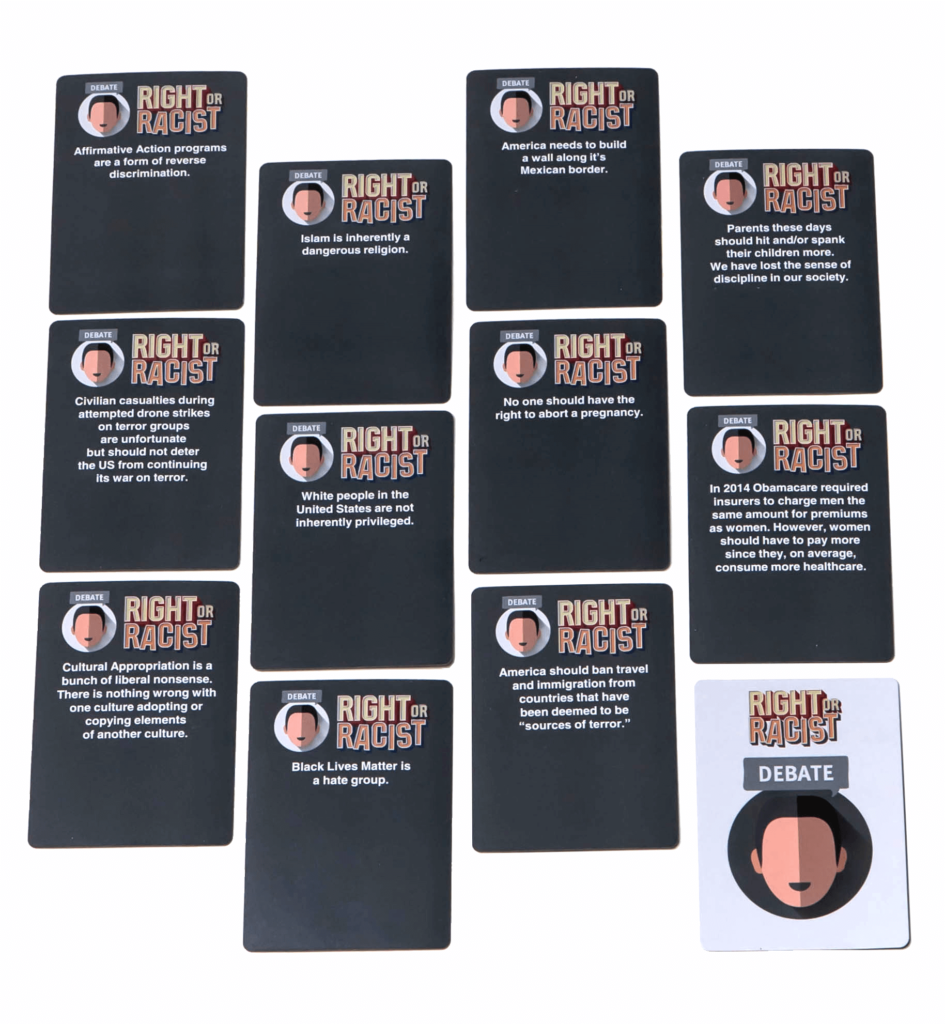
“I wanted to get people talking, people from all perspectives because it’s not just left politics and right politics, it’s also black, white, lesbian, gay, trans, or whatever community people are from. Everyone has a different perspective,” he said.
He said people have misconceptions based on stereotypes and racial dynamics. Hanna thinks the true-false trivia will raise awareness and debunk stereotypes.
“I’m white. I’ve played this game with people who are white and others who are not. Sometimes you think people are going to answer the questions a certain way and they don’t,” Hanna said.
In some cases, the stereotypes are false. In others, they are true. Hanna encourages players of the game to discuss some of the key issues surrounding the stereotypes such as racial profiling, inequities and historical disadvantages.
“I think these are important conversations people need to have and have deeper conversations beyond the statistics,” he said.
When asked about the strategy for playing the game, Hanna said to just be honest. He explained the game is most fun when people come in with an open mind. Hanna also says anyone willing to develop their worldview can play the game.
“Initially, I thought people in my age group, people between the age of 20 and 40, would play these types of party games,” he said. “I think it would be kind of funny for people on their third or fourth date to play the game because you can learn a lot about each other.”
But, Hanna says, the more the merrier.








